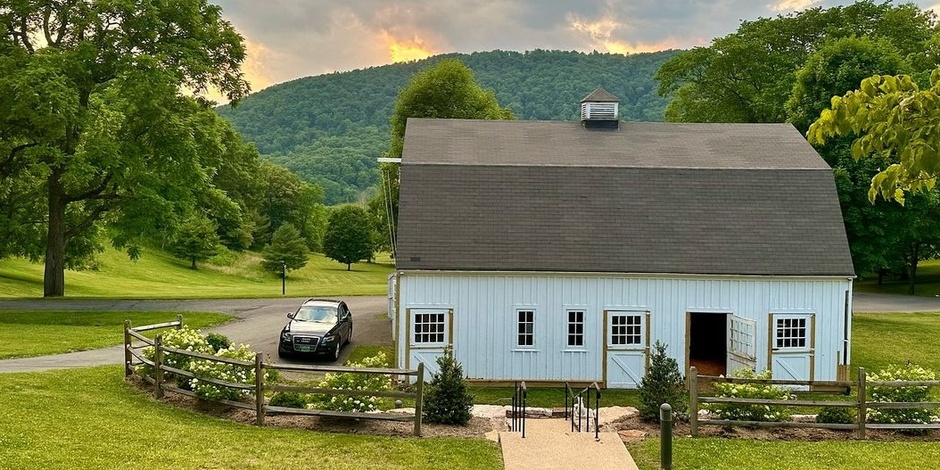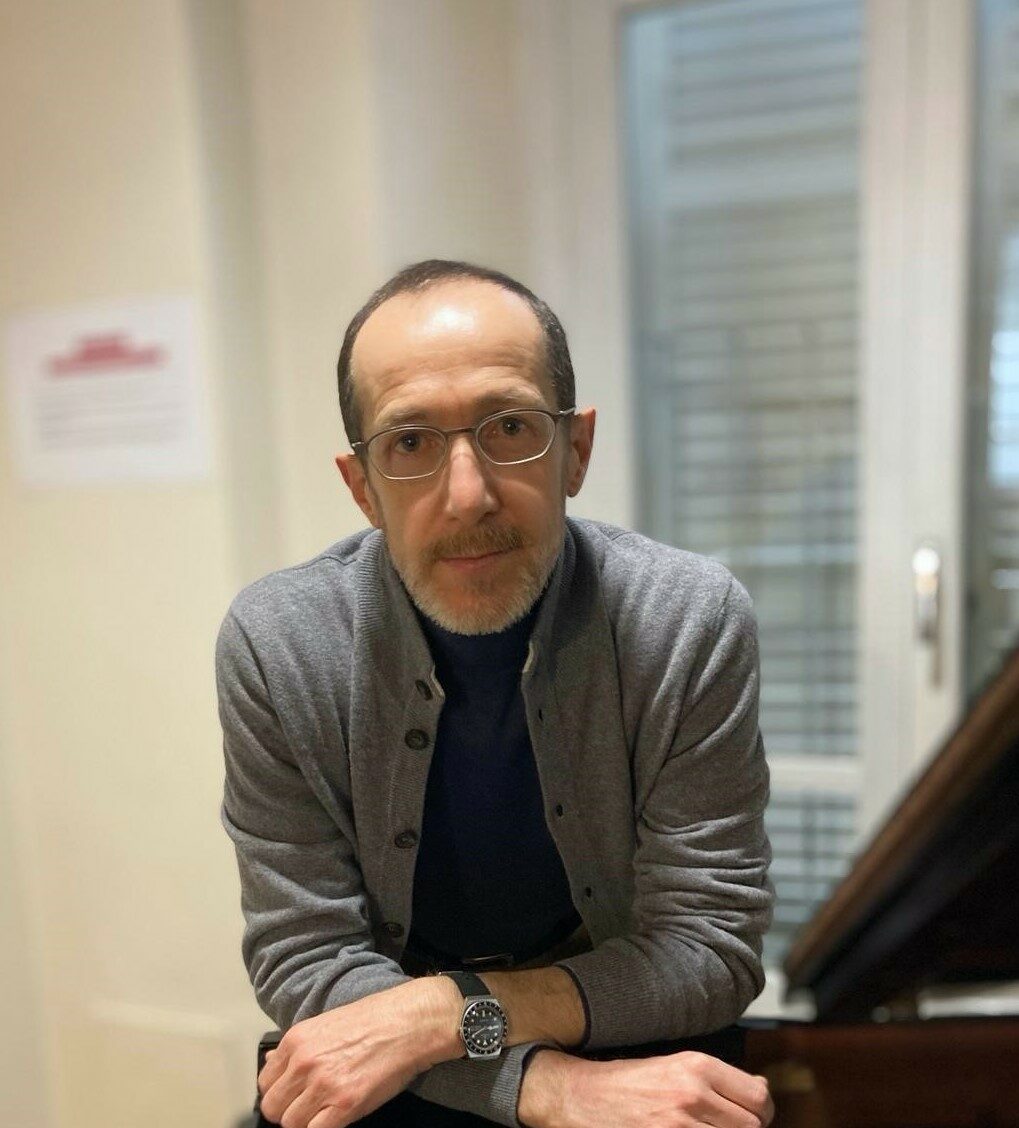Her New Home is an intimate reimagining of the birth of Garth Newel.
Our protagonists, Christine Herter Kendall and William Sergeant Kendall are a couple at the center of a love story that affected multiple people and generated quite a social impact in the 1920s. William is an esteemed painter, Dean of Yale’s School Of Fine Arts. Christine is an accomplished painter herself, a former student of William’s, and is currently his lover.
The opera opens with an instrumental prelude that embodies the aural presence of Garth Newel: nature, folk-music-inspired sonority pulsates and transports us to the Arcadian setting. Our protagonists weave in their dialogue like an incantation. William insists that he wants to divorce his wife, Margaret, with whom he has 3 daughters. He feels that having an official mistress is not right and sets a bad example for his daughters. He believes divorce is the only honest solution and is willing to face the social ramifications. Christine, who is very much in love with William, argues that he doesn’t have to divorce to be with her. She mentions in passing that her own father had a mistress, Lily, who got along with her mother quite well. The implication is that somehow they could make it work without the drastic social rift associated with the divorce. He disagrees and feels that in order to truly experience the bliss of their relationship, he needs to divorce his wife and marry Christine.
The first scene concludes with two solo arias. In his, William expresses that he has to be strong and go through the divorce in order to stay and be able to live fully and create. He feels that his daughters must understand that love can happen unexpectedly and inconveniently but is a gift that needs to be cherished and protected from shame and societal dogma. He takes a stand of a true idealist artiste, which is rather unconventional for a man of his social standing at the time.
In her arioso, Christine reflects on their situation, ‘The things we do for love, sins we commit for love’, and how the totality of their deeds is a metaphorical painting, which tells their love story. For a second, she muses that he might have been happier had they never met, but she shrugs that thought off, ‘don’t listen to me…’She tells him that so long as they have one another, they don’t need anyone else. Perfection is in the eye of the beholder, she reminds him, just as he used to teach her when she was his student.
The instrumental interlude connects the two scenes, representing the passage of time. We feel the forward flow of the music as the singers weave in their parts, like at the beginning of the first scene, with the word-play on ‘time.’
They are now married. William has resigned from his Deanship at Yale, and they left Christine’s native New York for Virginia. Society has not accepted their union, and as a now newly-married couple, they decided to move away, creating a world of their own.
The scene begins with the reading of the newspaper coverage of their marriage and his divorce, and William is profoundly hurt by the way the press makes it appear that he wasn’t even aware of Margaret divorcing him. While it was a difficult but necessary decision for him, which took a lot of will and conscience to muster, he feels he is diminished in the press. Christine is at his side, as always, with inspiring and comforting words. She reminds him of their vision for their future and beyond. An allegorical Arcadia, where art, love, and unity with nature are the order of the day.
Thus, Garth Newel is born, their New Home.
The libretto draws on the Christine’s Day Book and research on both Christine’s and William’s biographies. The narrative in the opera is a creative conjecture, allowing a glimpse into the minds and hearts of our protagonists, filled with idealism, inner struggles, art philosophy, and, above all, love.
– Konstantin Soukhovetski














